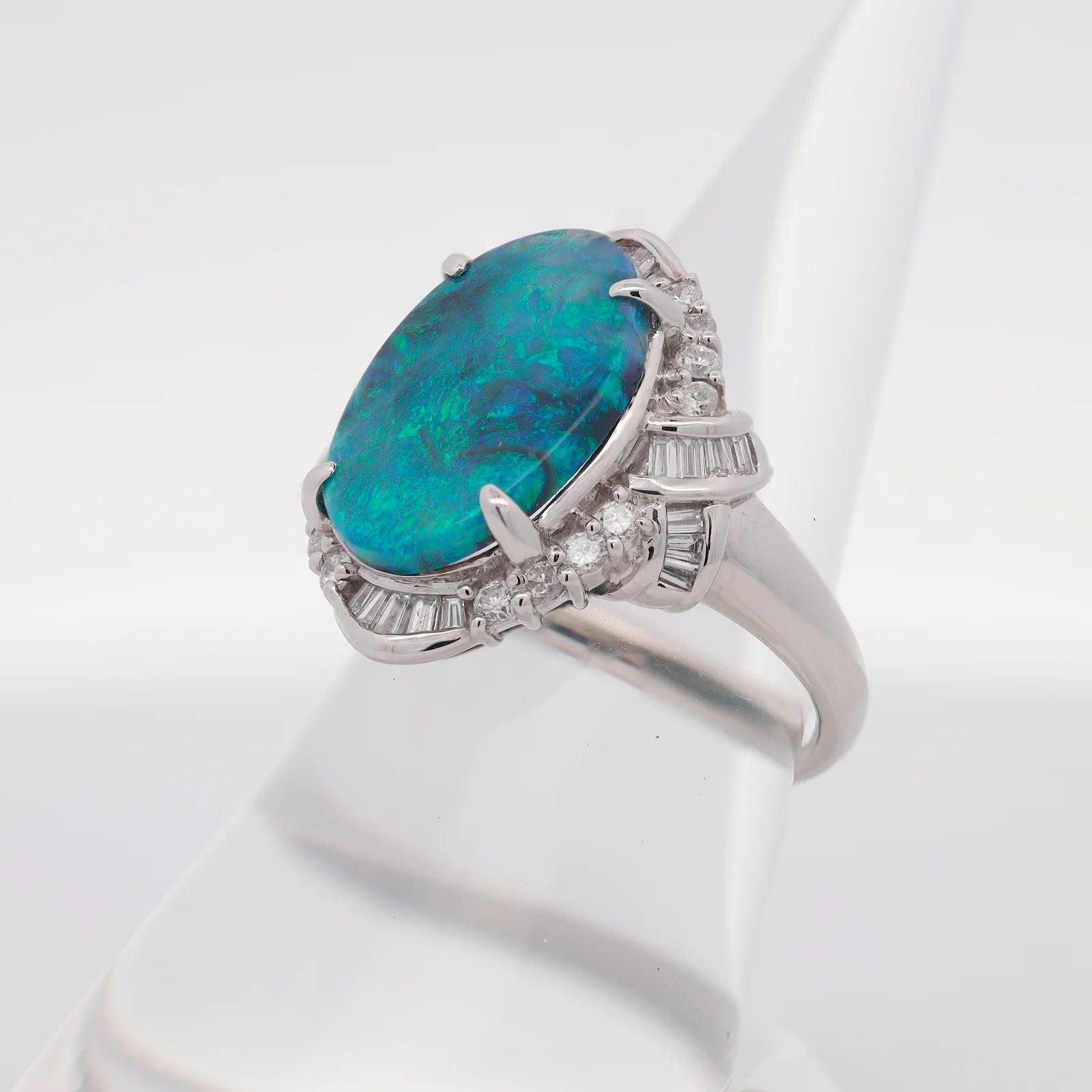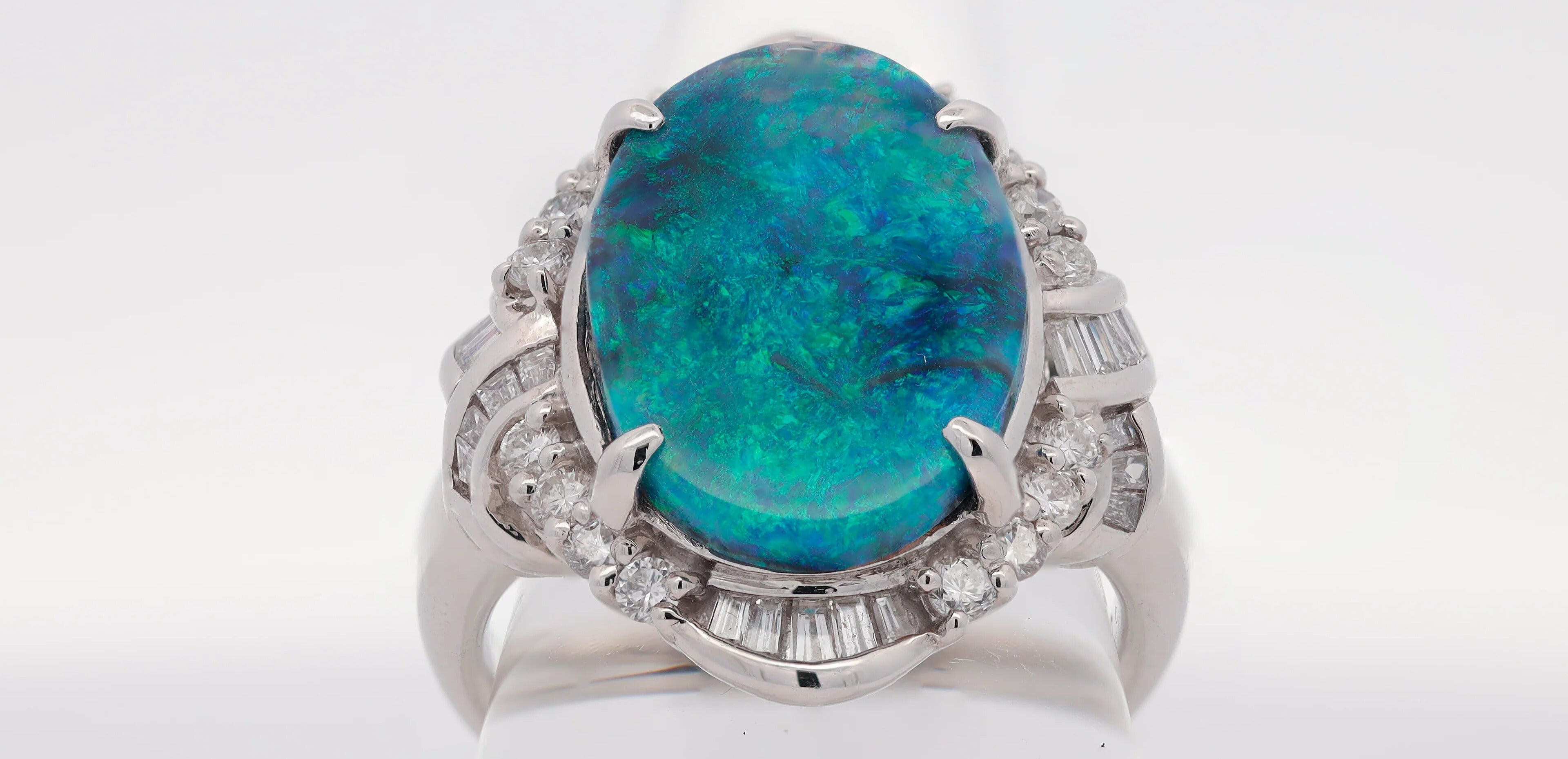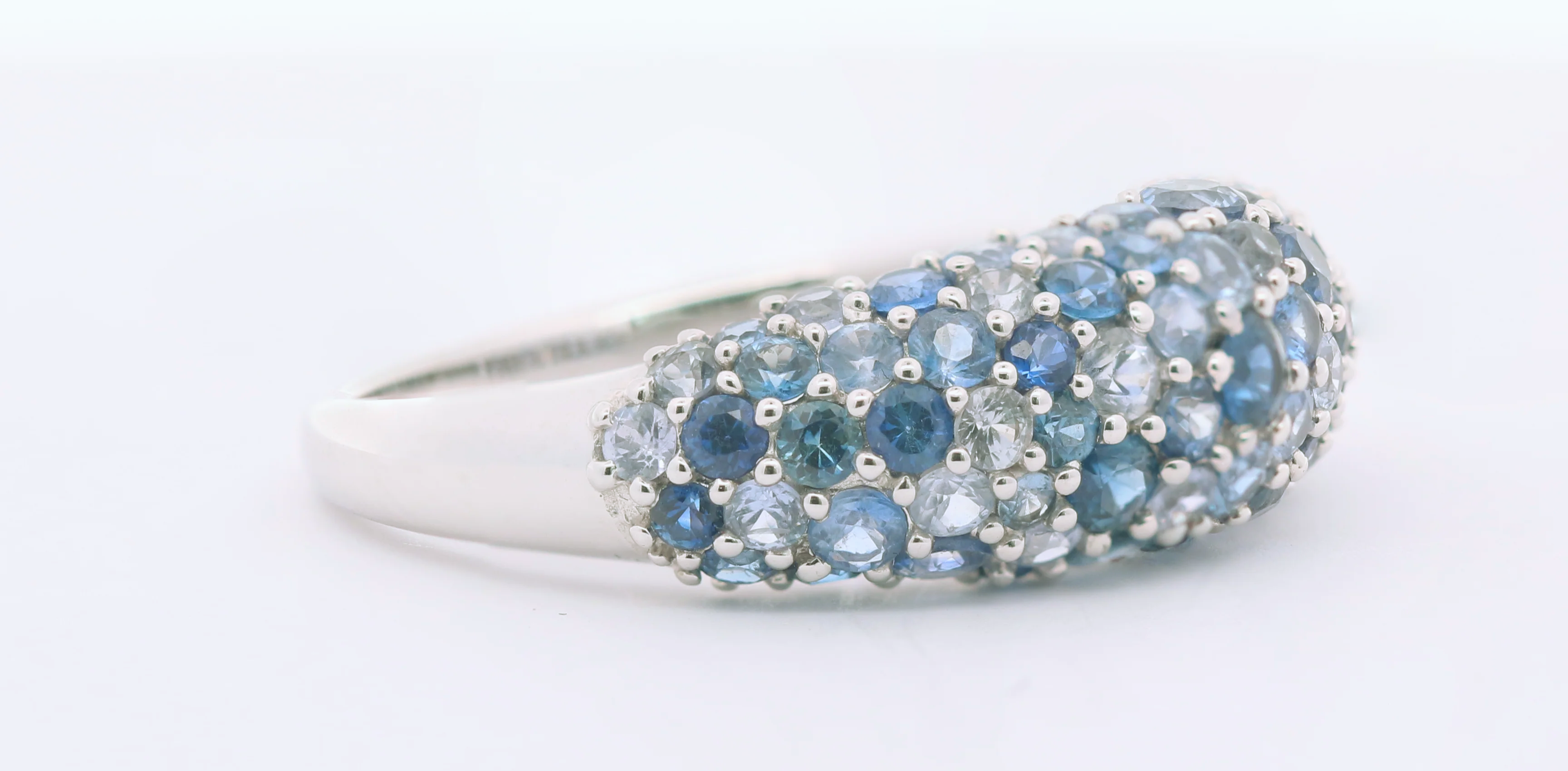Why sustainable luxury is important

The Showa Era: Foundation of Sustainable Luxury Philosophy
The Showa period (1926-1989) fundamentally transformed Japan's approach to luxury, establishing principles that resonate profoundly with today's sustainability imperatives. During this transformative epoch, Japanese artisans cultivated an ethos of mono no aware – the bittersweet awareness of impermanence that necessitates creating objects of enduring beauty and functionality.
This philosophical underpinning birthed a luxury paradigm antithetical to disposable consumption. Showa-era craftsmen understood that authentic luxury transcends monetary value, manifesting instead through meticulous attention to detail, generational knowledge transfer, and symbiotic relationships with natural materials.
Artisanal Wisdom Versus Mass Production Ethos
Contemporary luxury markets suffer from diluted authenticity, prioritizing volume over virtuosity. Showa-era artisans operated under fundamentally different principles:
- Mastery required decades of apprenticeship under master craftsmen
- Each piece represented cumulative knowledge spanning generations
- Material sourcing emphasized local ecosystems and sustainable harvesting
- Production timelines honored natural rhythms rather than market demands
"True luxury emerges not from abundance, but from the profound understanding of limitation and the transformative power of human skill applied with reverence." - Master Craftsman Philosophy
Authentic Japanese Artisan Rings: Embodying Sustainable Principles
Japanese artisan rings exemplify sustainable luxury through their intrinsic design philosophy and manufacturing processes. These pieces transcend mere ornamentation, functioning as wearable manifestations of cultural heritage and environmental consciousness.
The creation of authentic Japanese rings involves techniques like mokume-gane (wood grain metal) and zogan (inlay work), processes that maximize material utilization while minimizing waste. Artisans employ recycled precious metals, transforming discarded materials into heirloom-quality pieces through alchemical skill.
For discerning collectors seeking authentic Showa-era inspired craftsmanship, pieces like the handcrafted Japanese artisan ring demonstrate how traditional techniques address modern sustainability concerns. This meticulously crafted piece embodies the intersection of cultural heritage and environmental responsibility, offering wearers both aesthetic beauty and ethical satisfaction.
Traditional Techniques Supporting Environmental Stewardship
Japanese metalworking traditions inherently embrace sustainability through resource optimization and longevity-focused design. Tsuiki hammering techniques create structural integrity that ensures centuries of wear, while traditional patination processes eliminate chemical treatments harmful to ecosystems.
These methodologies demonstrate how authentic craftsmanship naturally aligns with environmental stewardship, creating luxury goods that appreciate rather than depreciate over time.
Why Sustainable Luxury Matters in Contemporary Markets
Modern consumers increasingly recognize the cognitive dissonance between luxury consumption and environmental responsibility. Sustainable luxury resolves this tension by redefining value propositions around durability, authenticity, and cultural significance rather than exclusivity through scarcity.
Economic Implications of Sustainable Luxury Adoption
Sustainable luxury creates economic ecosystems supporting artisan communities while delivering superior long-term value to consumers. Consider the following comparative analysis:
| Aspect | Mass-Produced Luxury | Sustainable Artisan Luxury |
|---|---|---|
| Lifespan | 5-10 years | Generational (50+ years) |
| Repairability | Limited/Impossible | Comprehensive |
| Cultural Value | Trend-dependent | Timeless |
| Environmental Impact | High | Minimal |
Cultural Preservation Through Conscious Consumption
Purchasing authentic Japanese artisan pieces directly supports master craftsmen and their apprentices, ensuring traditional knowledge transmission. This economic patronage preserves intangible cultural heritage while promoting sustainable production methods.
Each acquisition becomes an investment in cultural continuity, supporting artisan communities that might otherwise succumb to industrial pressures or economic obsolescence.
Frequently Asked Questions About Sustainable Luxury
How do authentic Japanese artisan rings maintain their value over time?
Authentic pieces appreciate through cultural significance, craftsmanship rarity, and material quality. Unlike mass-produced items subject to trend cycles, artisan rings embody timeless design principles and superior construction techniques.
What distinguishes genuine Showa-era inspired craftsmanship from contemporary imitations?
Authentic pieces demonstrate mastery of traditional techniques, utilize appropriate materials, and exhibit the subtle imperfections that indicate hand-crafting. Genuine artisan work requires years of specialized training impossible to replicate through mechanized processes.

